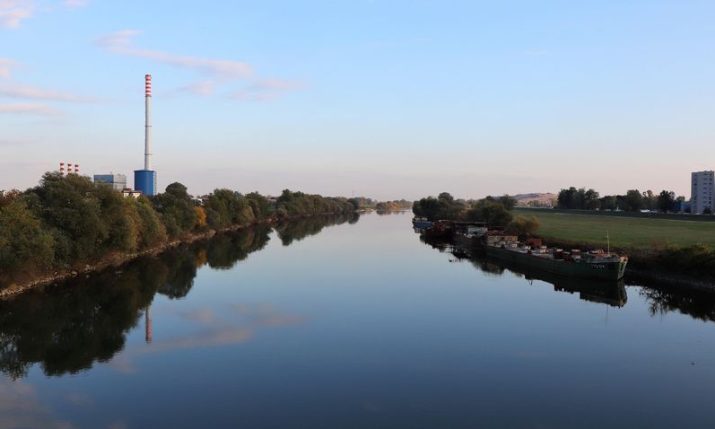by croatiaweek
August 8, 2025
in

River Sava
MOSTAR, 8 August 2025 (Hina) – An extraordinary archaeological discovery has been made in the River Sava, where hundreds of rare bipyramidal metal ingots dating back more than 2,000 years have been recovered.
The find was made in Posavina County near Orašje during just two days of exploration, and experts believe it is unprecedented in Europe. While only a handful of such ingots are known to exist in museums in France, Germany, Slovenia, Croatia and Bosnia and Herzegovina, this site has yielded several hundred.
These semi-processed iron bars were once used by blacksmiths to forge tools, weapons, swords and other items. Early analysis places them at the transition from the La Tène period to the Roman era, around the first or second century BC.
The discovery was made by local history enthusiast and archaeologist Pero Matkić, working with a specialist team of underwater archaeologists led by Krunoslav Zubčić from the Croatian Conservation Institute in Zagreb and Nikica Spudić from the Croatian Mountain Rescue Service in Karlovac, alongside the “Vrata Bosne” Museum of the Franciscan Monastery in Tolisa.
According to museum director Jozo Jezerčić, the ingots likely formed part of a shipment that sank in the Sava, possibly due to a storm or conflict. “These ingots are characteristic of the period when the La Tène culture was giving way to Roman influence. They have waited in the river for over two millennia to be rediscovered,” he said.
Detailed chemical analysis will now be carried out to determine the origin of the metal and to trace the ancient trade routes that linked Bosnian Posavina with central Europe before the time of Christ.
“This find could forever change our understanding of the role Bosnian Posavina played in ancient trade and the economy,” Jezerčić added.
